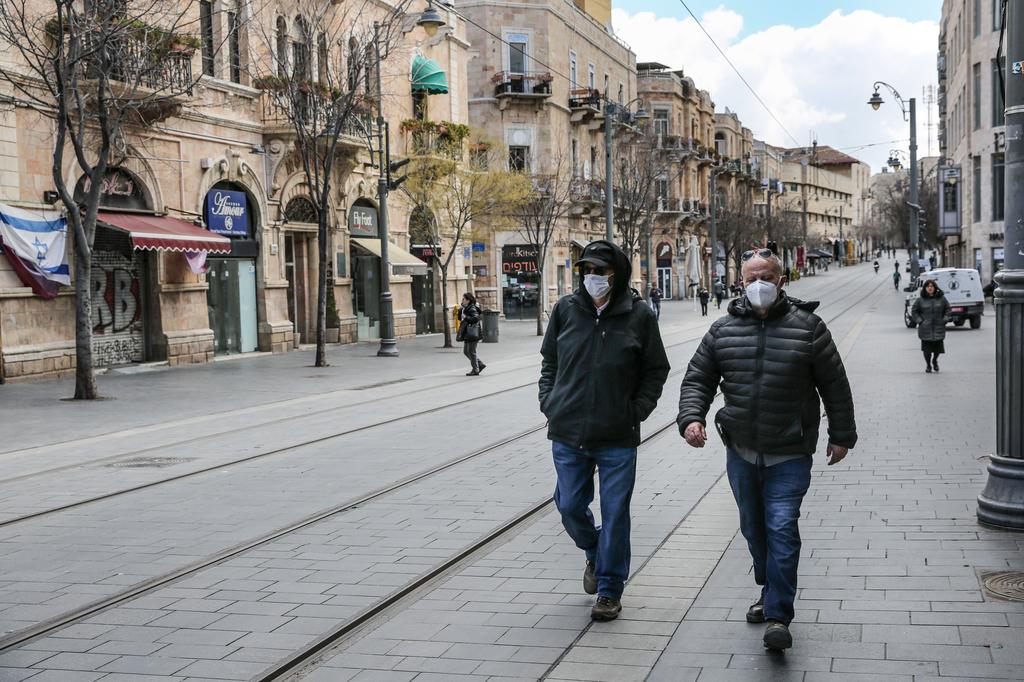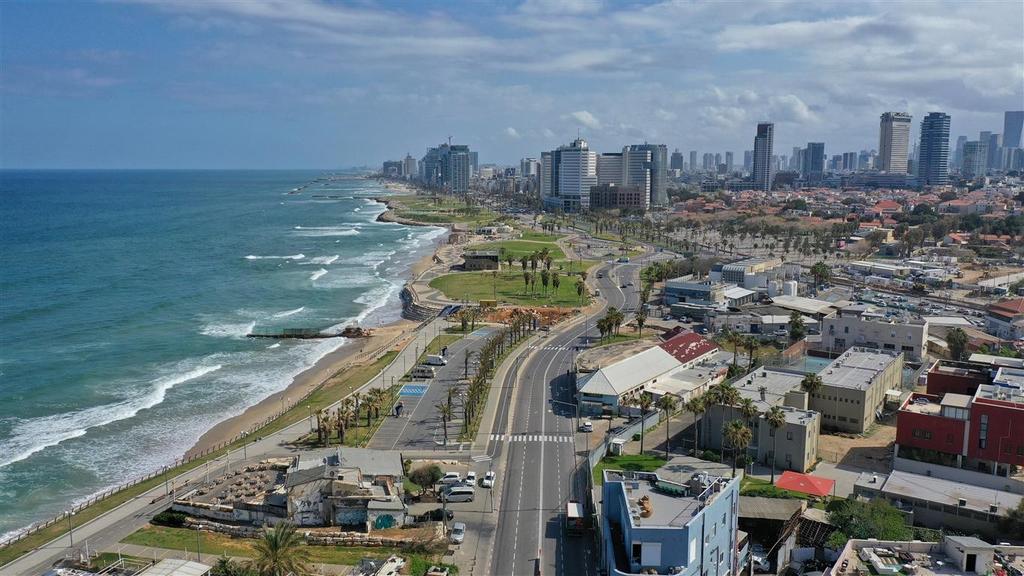Getting your Trinity Audio player ready...
The public discourse has been littered with increasingly detailed and frequent reports of an exit plan to bring us out of the closure.
But these reports were premature and have created a false impression that the lockdown imposed on civilian life can be lifted soon.
4 View gallery


A 'drive-through' coronavirus testing station in the predominantly Haredi city of Bnei Brak
(Photo: Yariv Katz)
In doing so, they are unintentionally encouraging citizens to violate the closure directives. After all, if the whole economy is going to be up and running in a few days, why not just leave home immediately?
This unfiltered speculation over a coronavirus exit plan is corroding public adherence to the closure - the same adherence to which Israel owes its success in staving off the spread of coronavirus so far.
The country has managed to reduce the epidemic's contagion rate from 5 to 1, meaning that while after the Purim festival in early March each coronavirus patient was infecting an average of five other people, now each patient in Israel is infecting an average of just one person.
Epidemiological models had predicted COVID-19 fatalities in the thousands in Israel, but more updated estimates talk of hundreds.
The decline in the infection rate can first and foremost be attributed to the effectiveness of Israel's severe social distancing measures. But these efforts would quickly become null and void if the lockdown were to collapse.
This would be the worst outcome imaginable. To prevent this from happening the government must make a clear decision by the end of the Passover holiday on the details of the plan to relieve the closure.
The government must set a starting date for the staggered lifting of restrictions, conditioning the implementation on transparent data about the decline of the pandemic while also conducting effective testing for the pathogen.
The healthcare system also must be ready to cope with the predicted resurgence of the virus once the closure is lifted.
4 View gallery


Jerusalem residents wearing protective surgical masks during coronavirus outbreak
(Photo: Alex Kolomoisky)
The most realistic exit plan was drawn up by the Treasury. It includes a relatively quick return to work for low-risk industries, while ensuring personal safety and interpersonal distancing, and calls for businesses and shops to return under restrictive conditions and for the education system to resume in line with Health Ministry directives.
The earliest date for any of this must be May 1 - and not a single day sooner.
From now until the end of April is the minimum time period required to properly prepare the health and education systems and to examine the containment rate throughout the country, especially in areas with high numbers of cases.
The infection rate among the ultra-Orthodox population is still relatively high, with an average of more than five infections per confirmed patient. This puts the weaker sectors of the population at risk while also adversely affecting the contagion rate.
An immediate decision on an exit plan and a deadline would put an end to power struggles between ministers and civil servants, and reduce wild speculation, media leaks and unnecessary advice that only confuses the public.
Sadly, instead of guiding and directing the population, the government has now become a source of uncertainty.
First published: 23:49, 04.13.20



